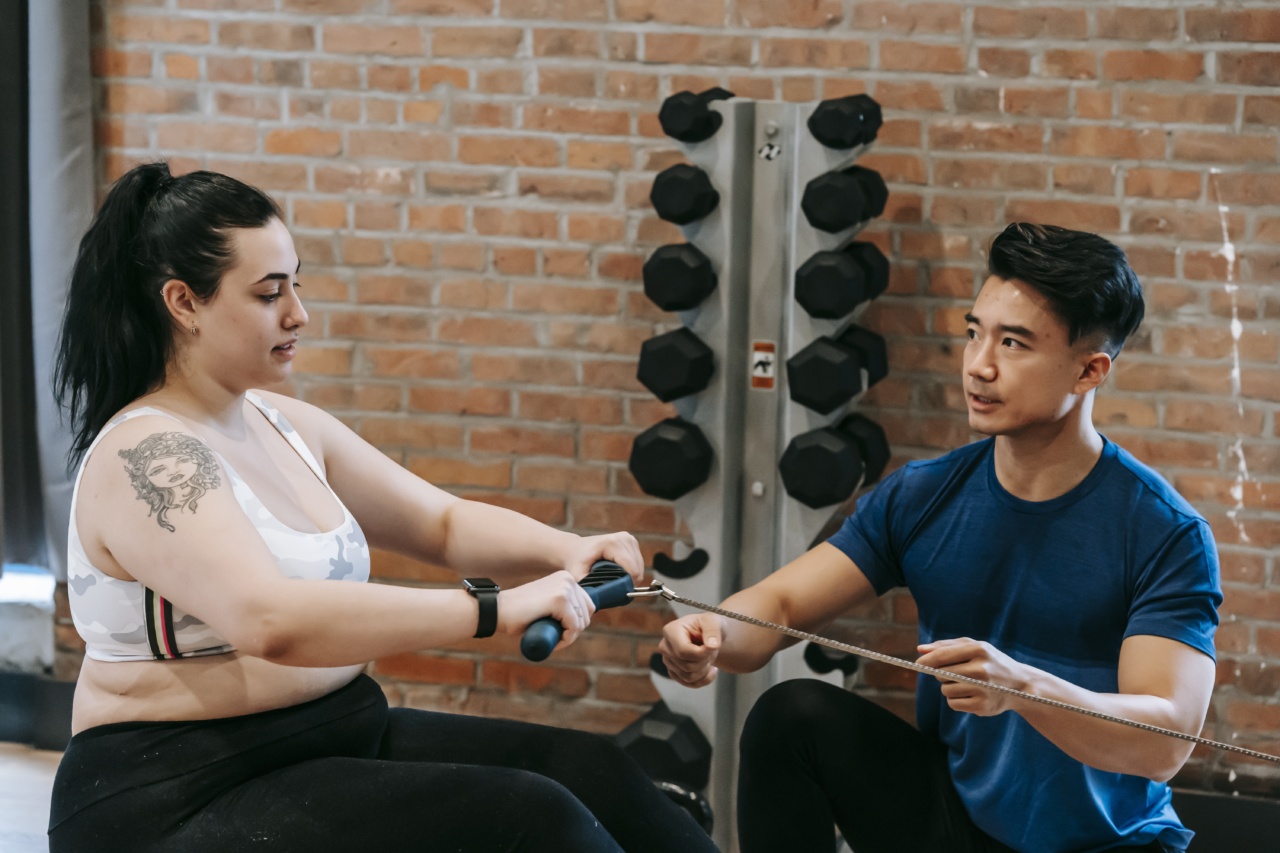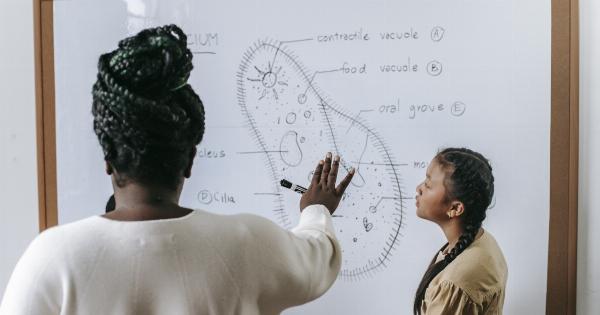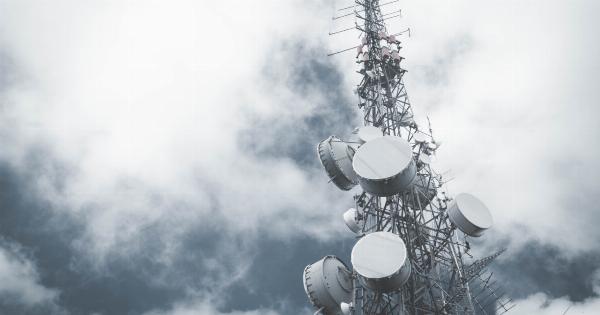As we age, our bodies undergo a lot of changes, and one of the biggest changes that happen is a loss of muscle mass. This is a condition known as age-related sarcopenia.
Sarcopenia can cause a lot of negative health consequences such as physical disability, diabetes, obesity, depression, and even early death. However, there is good news, hormones can help curb muscle loss, and this article will tell you how.
What are hormones?
Hormones are chemical messengers in the body that regulate various processes such as growth and development, metabolism, reproduction, and mood.
Hormones are produced and secreted by glands in the endocrine system such as the pituitary, thyroid, adrenal, and pancreas gland. Hormones in the body act on specific target cells through receptors, and this interaction triggers a response in the target cell.
Hormones and muscle loss
One of the consequences of aging is a loss of muscle mass. There are a lot of factors that contribute to age-related sarcopenia such as a decrease in physical activity, poor diet, inflammation, oxidative stress, and hormonal changes.
Hormones such as testosterone, growth hormone, and insulin-like growth factor 1 (IGF-1) play a crucial role in maintaining muscle mass. Decreases in these hormones can lead to muscle loss and other negative health outcomes.
Testosterone
Testosterone is a hormone that is essential for the development of male reproductive organs and secondary sex characteristics. However, Testosterone is also important for maintaining muscle mass and bone density in both men and women.
Testosterone levels start to decline in men after the age of 30, and this decline can lead to age-related sarcopenia. Studies have shown that testosterone replacement therapy can increase lean body mass and muscle strength in men with low testosterone levels. However, testosterone therapy is not without risks and should be used with caution.
Growth hormone (GH)
Growth hormone is a hormone that is produced by the pituitary gland and is essential for growth and development in children. However, growth hormone also plays an important role in maintaining muscle mass and bone density in adults.
GH levels start to decline after the age of 30, and this decline can lead to age-related sarcopenia. Studies have shown that GH therapy can increase lean body mass and decrease body fat in older adults. However, GH therapy is not without risks and can cause adverse effects such as joint pain, swelling, and carpal tunnel syndrome.
Insulin-like growth factor 1(IGF-1)
IGF-1 is a hormone that is produced by the liver in response to GH stimulation. IGF-1 plays a crucial role in regulating cell growth and division, and is also important for maintaining muscle mass and bone density.
IGF-1 levels also start to decline after the age of 30, and this declines can lead to age-related sarcopenia. Studies have shown that IGF-1 supplementation can increase muscle mass and strength in older adults.
Other hormones that can help curb muscle loss
Besides testosterone, GH, and IGF-1, other hormones that can help curb muscle loss include thyroid hormone, estrogen, and cortisol. Thyroid hormone is important for regulating metabolism, and low thyroid hormone levels can lead to muscle wasting.
Estrogen also plays an important role in maintaining bone density and muscle mass in women. Cortisol is a hormone that is produced by the adrenal glands and can have a catabolic effect on muscle tissue when levels are chronically elevated.
Conclusion
Hormones play a crucial role in maintaining muscle mass, and hormonal decline is one of the contributing factors to age-related sarcopenia.
Hormone replacement therapy can help boost hormone levels and curb muscle loss, however, hormone therapy is not without risks and should be used with caution.




























